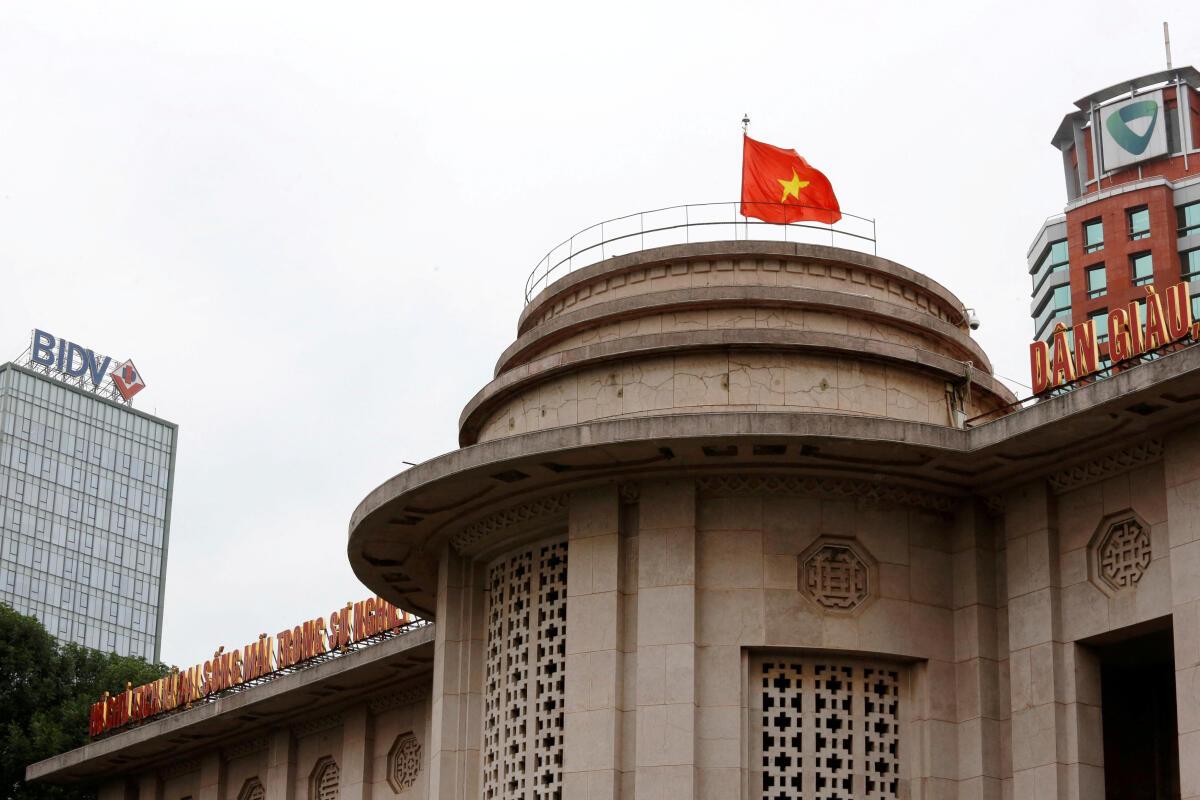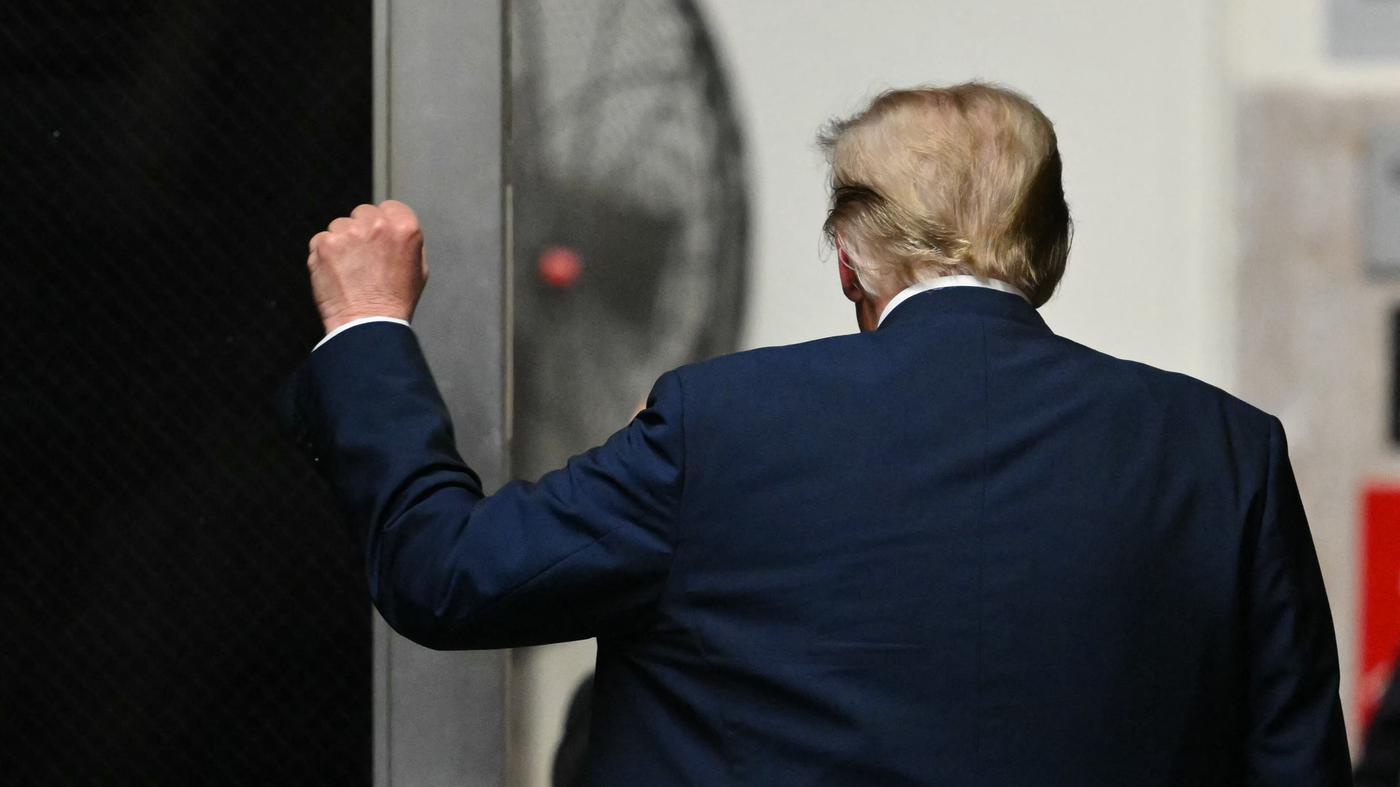
During the war, U.S. forces used a variety of defoliants, substances that cause leaves to fall off plants when applied, as a weapon against North Vietnamese forces. The most infamous defoliant used during the war was Agent Orange, which led to major illnesses in over a million people in Vietnam after the war. The U.S. also developed a mixture of cacodylic acid, sodium cacodylate, and water to destroy rice plants, which were difficult to kill even with fire.
Britain was the first country to use defoliants as a weapon of war during the Malayan Emergency, where they used a substance similar to Agent Orange but with the addition of Dioxin, which was responsible for the Seveso disaster of 1976. Defoliants have since been banned for use against civilian populations since 1980 but were still used during the Vietnam War.
Napalm, a substance that burns and spreads easily while sticking to surfaces, was famously photographed in 1972 by Nick Ut during the war in Vietnam. Olof Palme described the effects of defoliants on Vietnam as “ecocide” at a U.N conference in June 1972 and advocated for it to be designated an international crime.



:quality(75)/cloudfront-us-east-1.images.arcpublishing.com/elcomercio/UAXMURIHFBCMRKPHI374WSEUSA.jpg)


